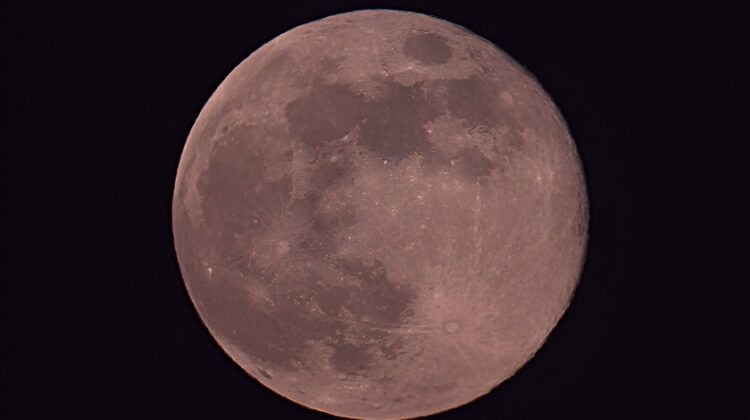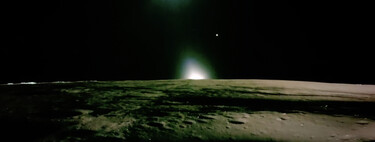
Prepare to witness a burst of color in the sky this Saturday as the «Pink Moon» graces the Northern Hemisphere. Despite its vivid name, the moon might not appear as large as you might expect.
What Exactly is a Pink Moon? April’s full moon, known as the Pink Moon, heralds the arrival of spring. Its name, however, does not derive from its hue. The Old Farmer’s Almanac clarifies that the name originates from Phlox subulata, a North American flower often referred to as creeping phlox or moss phlox. This flower, also called «moss pink,» typically blooms during April’s full moon.
Although it is named the Pink Moon, there’s no guarantee of it appearing pink. For a chance of seeing this elusive color, view the moon when it is low on the horizon at dusk, just after sunset. At this angle, the Earth’s atmosphere acts as a filter, enhancing long-wavelength reddish light, which may color the moon’s surface.
The Pink Moon is also called the “Paschal Full Moon” in the Christian tradition, as it determines when Easter is celebrated each year.
Why Might the Pink Moon Seem Smaller? This year’s Pink Moon is also a «micromoon,» meaning it will appear smaller and dimmer. This phenomenon occurs when the full moon coincides with apogee, the furthest point in the Moon’s elliptical orbit around Earth.
This is in contrast to a “Supermoon,” where the Moon appears larger because it is at perigee, the nearest point to Earth in its orbit.


When Can You Observe the Pink Moon? Observing the Pink Moon depends on what you hope to see. For those aiming to glimpse a potentially pink moon, looking skyward at sunset is ideal. Nonetheless, it will remain visible all night.
In places like New York City, the Moon will rise at 7:30 p.m. ET, reaching its peak brightness around 8:22 p.m. ET.
Remember: This celestial event will unfold on Saturday.

Additional Celestial Events The excitement doesn’t end with the Pink «micromoon» this April. The night sky will also host bright stars and a «moon smile.»
Alongside the small Pink Moon on Saturday, you’ll spot the bright star Spica to the left of the lunar companion.
Later, on April 25, a crescent Moon will appear alongside a bright Venus and a dimmer Saturn, creating a triangle that resembles a smiling face.
Images | Damien Walmsley (modified) | CEBImagery
Related | The U.S. Makes a Return to Lunar Exploration With Affordable Spacecraft, but Challenges Abound

Deja una respuesta